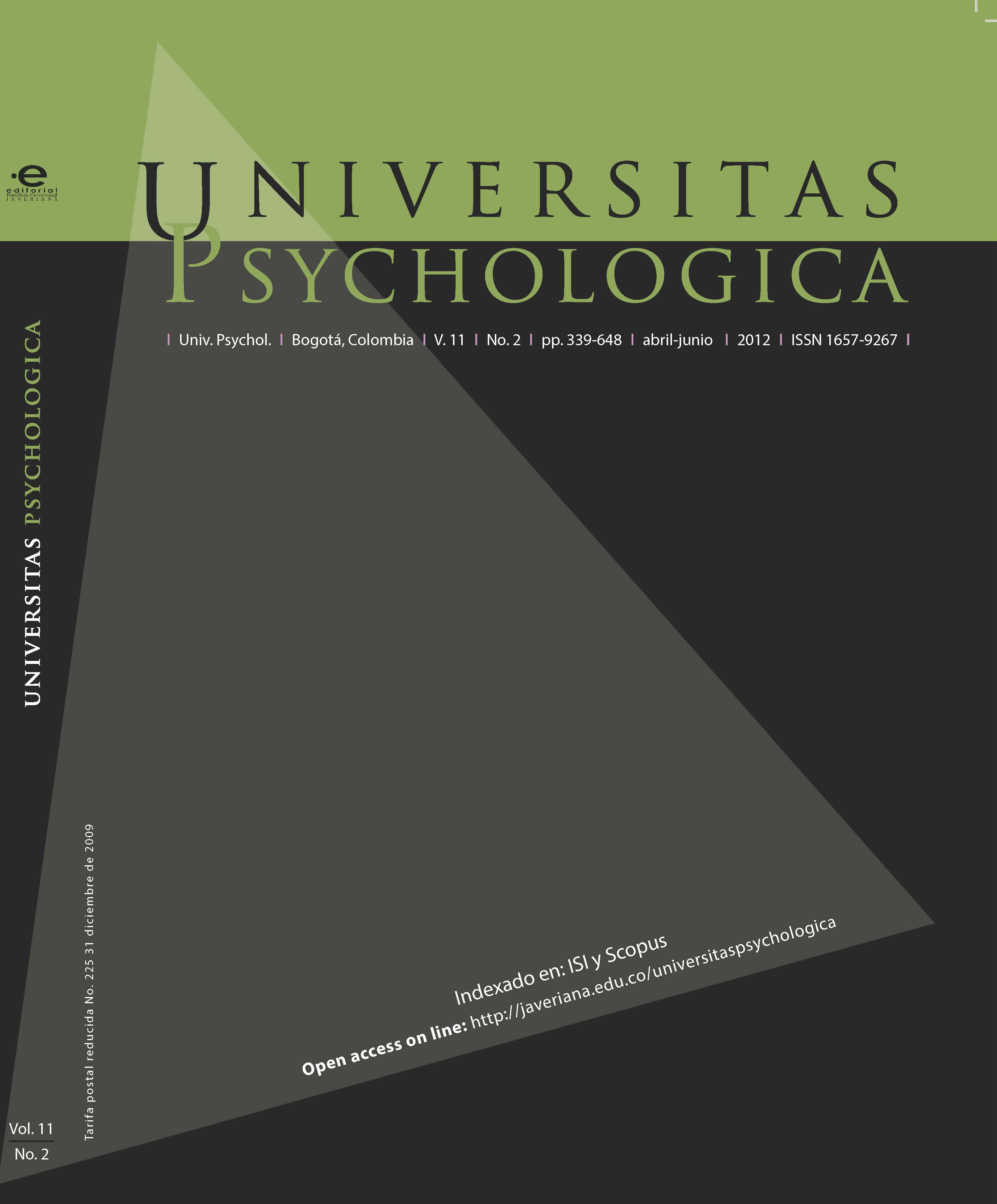Abstract
Over the last years, there has been a growing demand for standardized achievement tests that provide useful information to educational processes, by adding diagnostic information to improve the students’ deficient areas, while maintaining advantages in technical development. This paper advocates for Tatsuoka’s rule space method (1983, 2009) as an option to incorporate the benefits of cognitive diagnostic assessment to current educational practices. The article briefly explains the process of problem solving according to some information processing theories, provides the basis for item analysis, and describes the rule space method with particular emphasis on the development of the Q matrix as a cognitive model that allows the interpretation of results. The aim of this method is to link performance on a test with specific inferences about the knowledge and skills of examinees
This journal is registered under a Creative Commons Attribution 4.0 International Public License. Thus, this work may be reproduced, distributed, and publicly shared in digital format, as long as the names of the authors and Pontificia Universidad Javeriana are acknowledged. Others are allowed to quote, adapt, transform, auto-archive, republish, and create based on this material, for any purpose (even commercial ones), provided the authorship is duly acknowledged, a link to the original work is provided, and it is specified if changes have been made. Pontificia Universidad Javeriana does not hold the rights of published works and the authors are solely responsible for the contents of their works; they keep the moral, intellectual, privacy, and publicity rights. Approving the intervention of the work (review, copy-editing, translation, layout) and the following outreach, are granted through an use license and not through an assignment of rights. This means the journal and Pontificia Universidad Javeriana cannot be held responsible for any ethical malpractice by the authors. As a consequence of the protection granted by the use license, the journal is not required to publish recantations or modify information already published, unless the errata stems from the editorial management process. Publishing contents in this journal does not generate royalties for contributors.


